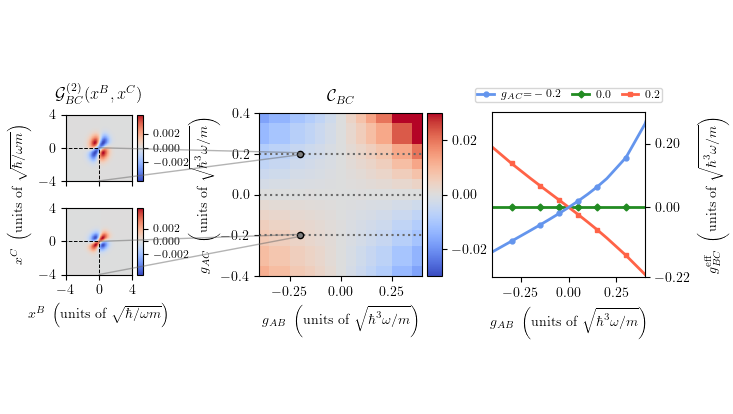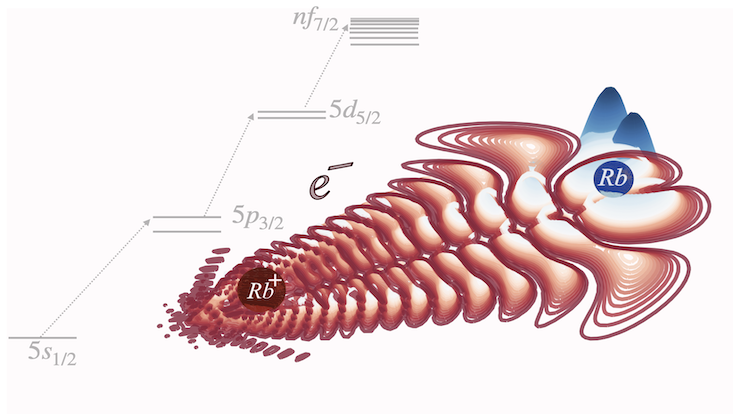Quantum Physics
Taming polar active matter with moving substrates: directed transport and counterpropagating macrobands
25 January 2019

Photo: AG Schmelcher
Active matter consists of self-propelled units generating an intrinsically nonequilibrium situation, allowing for the spontaneous emergence of structures such as clusters, swirls and microflock patterns.
The pioneering example of an active matter system, spontaneously self-organizing into a pattern, is the Vicsek model which describes polar self-propelled particles experiencing local
alignment interactions with their neighbors in 2D. While forbidden in equilibrium, this system exploits its nonequilibrium character and shows a new type of discontinuous phase transition, generating long-range order in 2D. Remarkably, the transition from the disordered phase to the global polar phase in this system is accompanied with the emergence of traveling bands, constituting high-density regions of collectively moving aligned particles which coexist with disordered low-density regions in between.
In this work we ask for a scheme allowing to control, or tame, the patterns (bands) naturally occurring in polar active particle ensembles within the framework of the Vicsek model, making use of external fields. We show that coupling a ``traveling wave potential'', as may be realized based on micropatterned substrates, to polar active particles, can tame the normally unpredictable patterns they form. Here, we observe that most particles initially pin to the potential minima and comove with it (cf. Fig 1(a)), but successively self-organize into a counterpropagating macroband featuring a predictable directed transport (cf. Fig. 1(b)). This transition from microphase separation to macrophase separation involves a pinned to sliding transition and shows that transport and phase separation of polar active matter can be simultaneously controlled with appropriate external fields.


